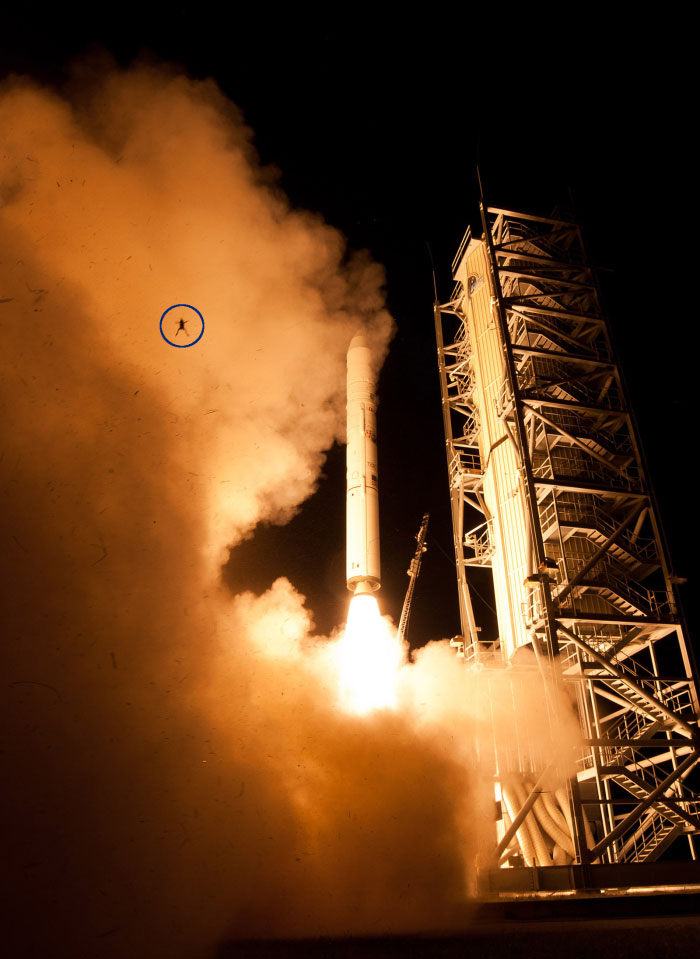.
7.09.2013
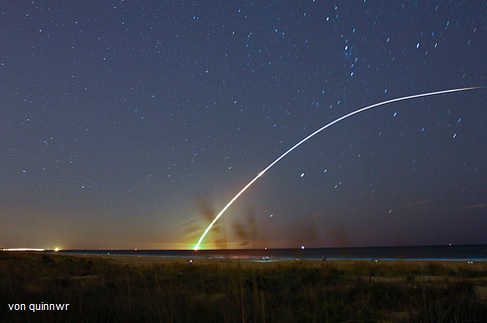
.
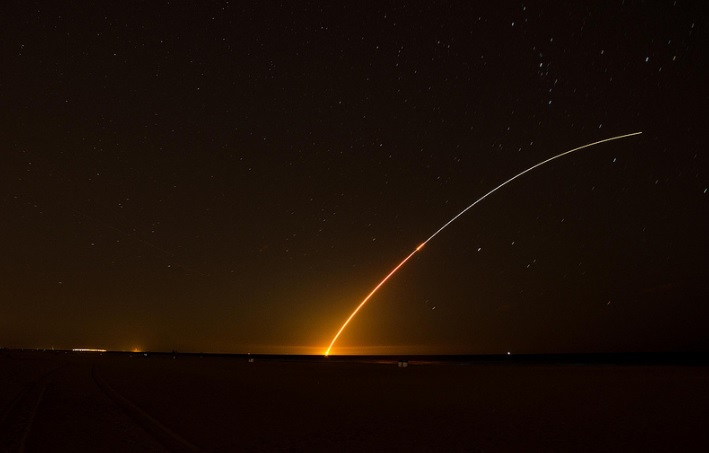
.
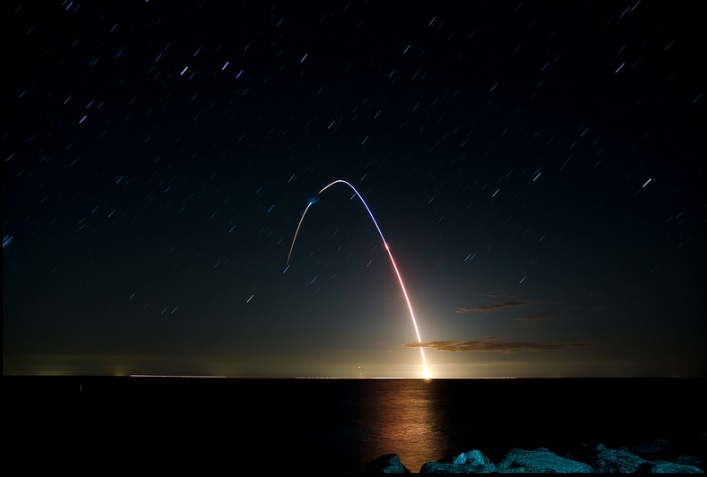
.
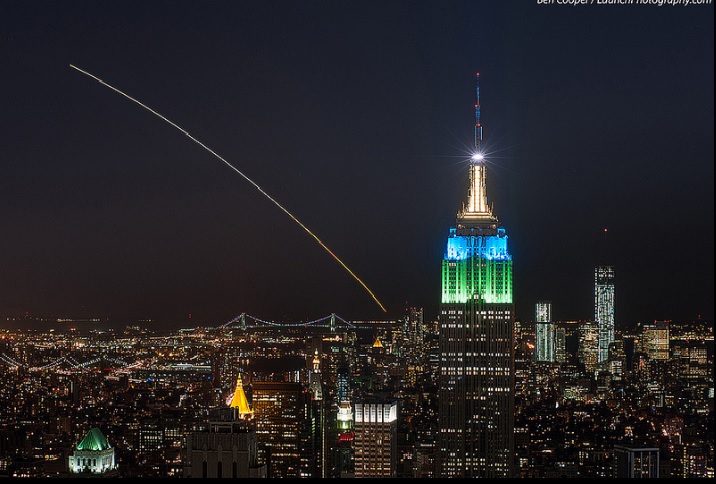
.
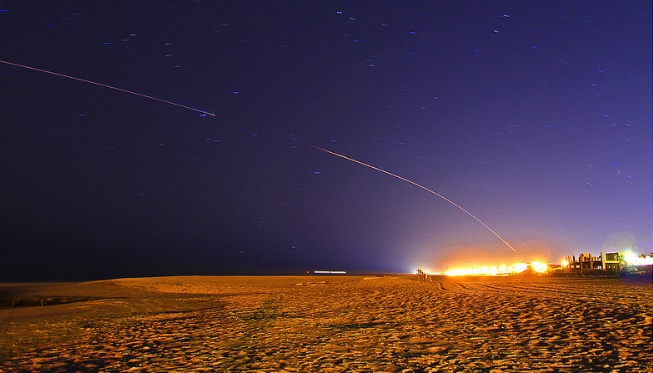
.
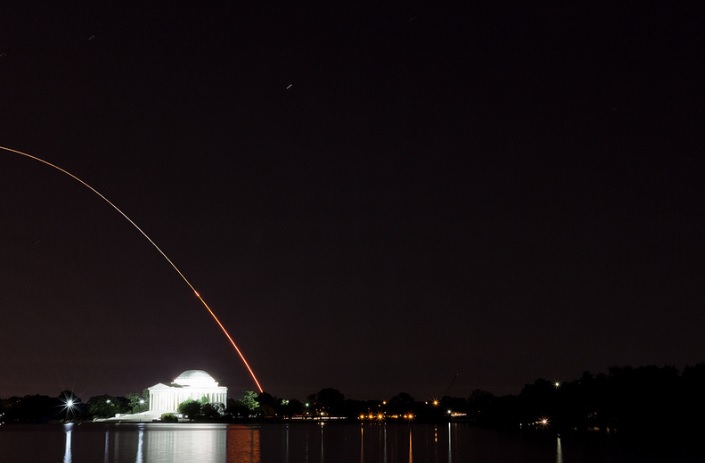
.
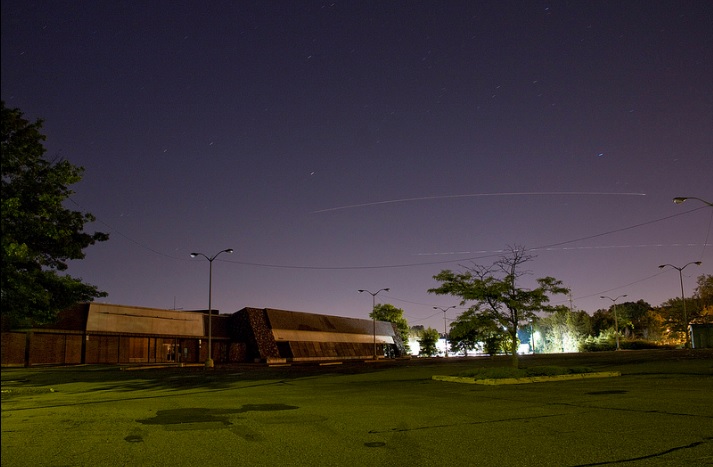
.
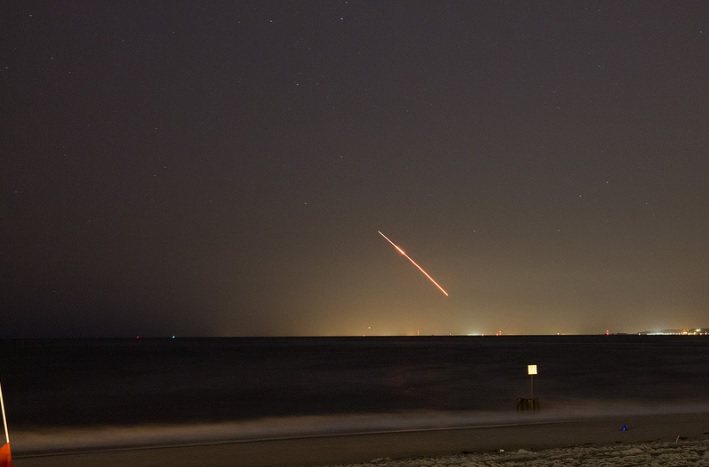
.
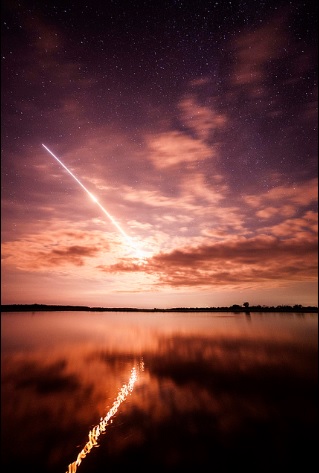
.
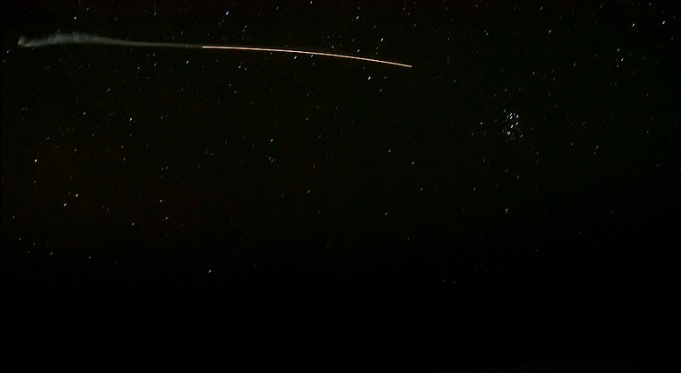
.
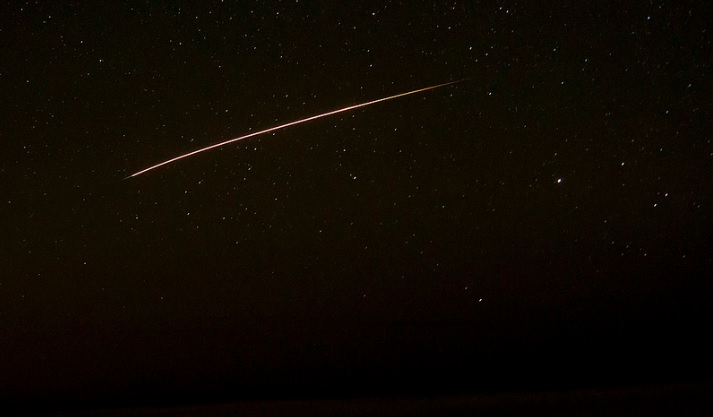
.
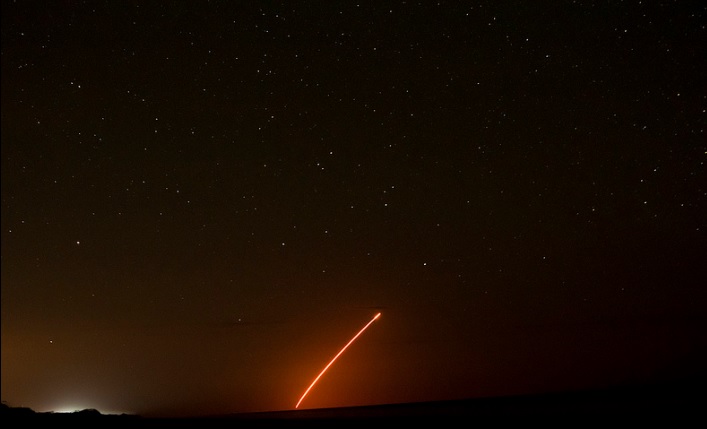
.
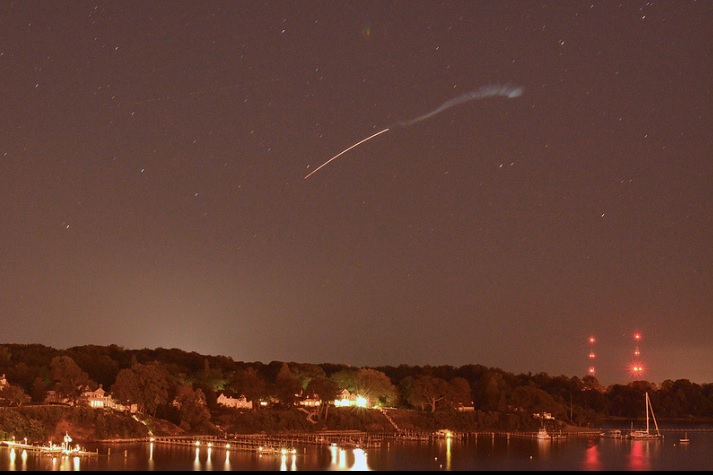
.
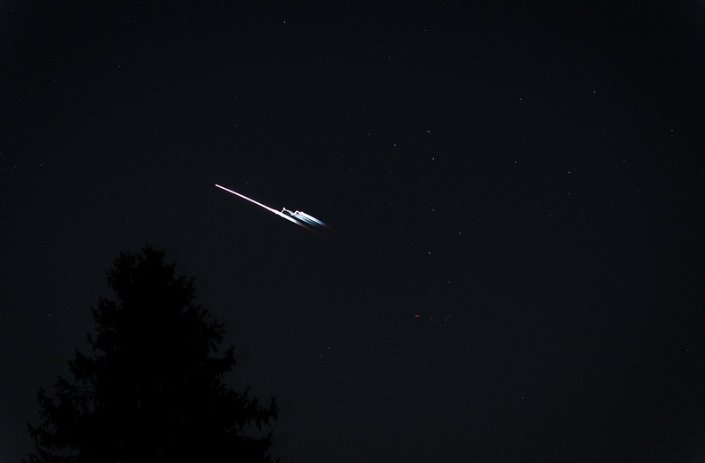
.
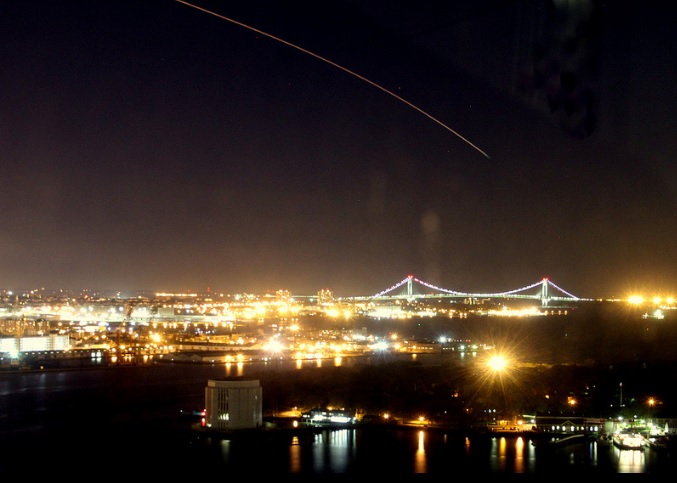
.
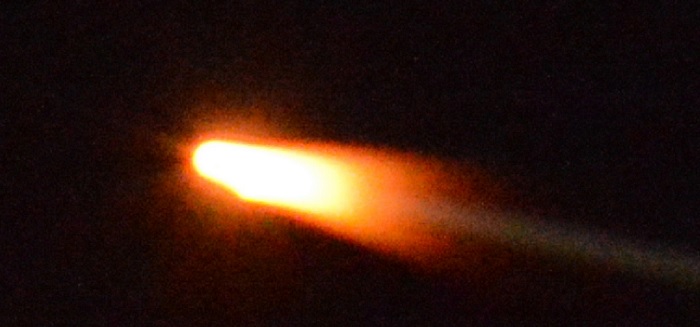
.
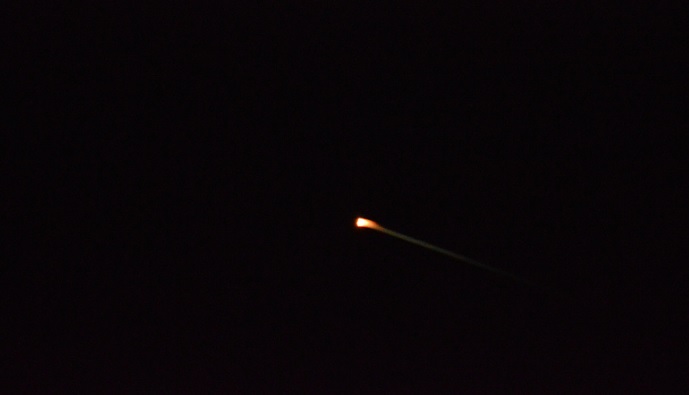
.
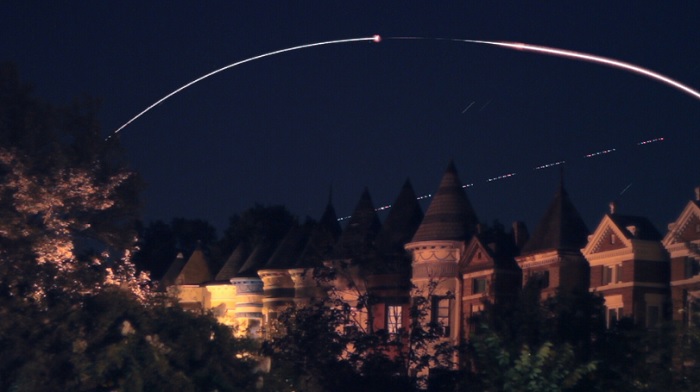
.
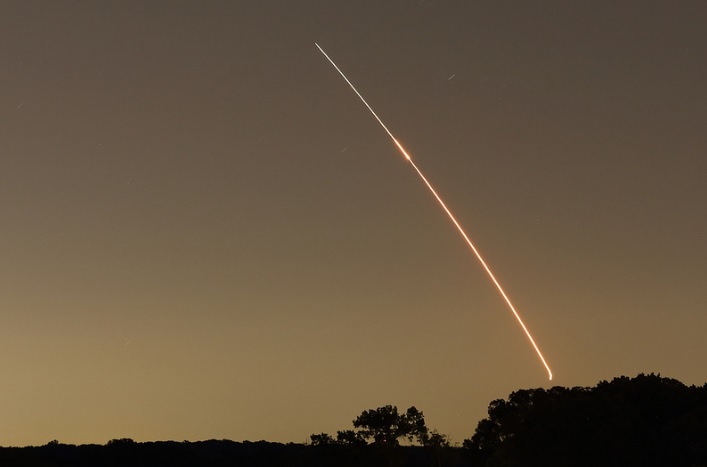
.
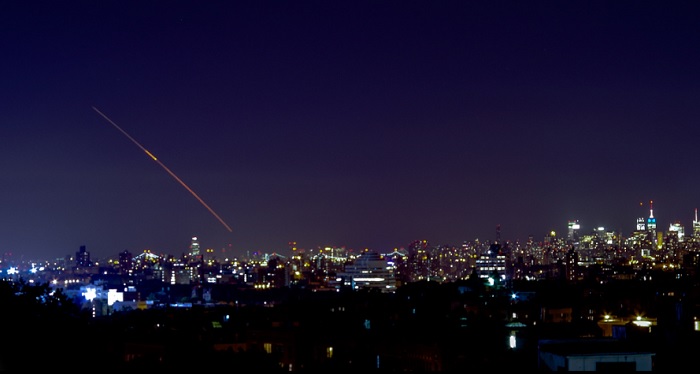
.
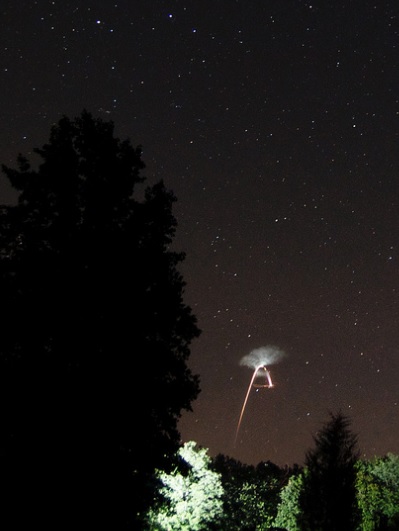
.
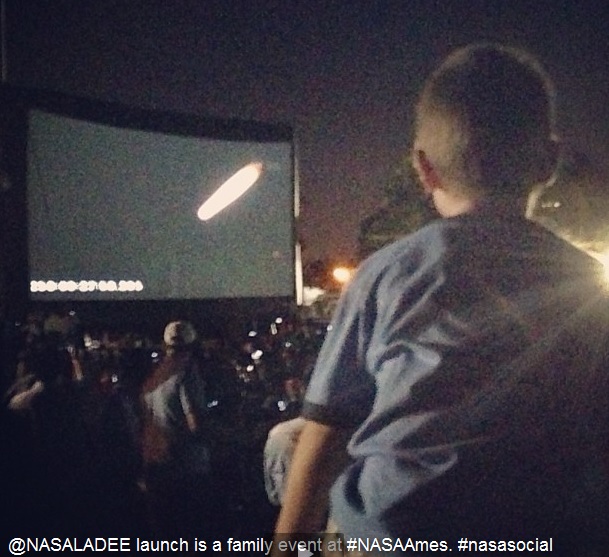
.
Sept. 7, 3:40 a.m. EDT Update
NASA has confirmed its Lunar Atmosphere and Dust Environment Explorer (LADEE) has separated from its ride into space, powered up and is communicating with ground controllers following a successful launch at 11:27 p.m. EDT Friday, Sept. 6, from the agency's Wallops Flight Facility in Virginia. LADEE is on its way to arrive at the moon in 30 days, then enter lunar orbit.
According to the LADEE mission operations team at NASA's Ames Research Center in Moffett Field, Calif., during technical checkouts the LADEE spacecraft commanded itself to shut down the reaction wheels used to position and stabilize the spacecraft.
"The LADEE spacecraft is working as it was designed to under these conditions – there's no indication of anything wrong with the reaction wheels or spacecraft," said S. Pete Worden, Ames center director. "The LADEE spacecraft is communicating and is very robust. The mission team has ample time to resolve this issue before the spacecraft reaches lunar orbit. We don't have to do anything in a rush."
LADEE team members are currently analyzing the situation. Normal checkout takes a couple of days, and this anomaly may add a couple more days to the process.
"This is not an unusual event in spacecraft," Worden said. "We plan in the next few days to complete spacecraft checkout."
NASA's Lunar Atmosphere and Dust Environment Explorer (LADEE), managed by NASA's Ames Research Center in Moffett Field, Calif., launched at 11:27 p.m. EDT on Sept. 6 from Pad 0B at the Mid-Atlantic Regional Spaceport, at NASA's Wallops Flight Facility, Wallops Island, Va.NASA's Lunar Atmosphere and Dust Environment Explorer (LADEE, pronounced like "laddie") is a robotic mission that will orbit the moon to gather detailed information about the lunar atmosphere, conditions near the surface and environmental influences on lunar dust. A thorough understanding of these characteristics will address long-standing unknowns, and help scientists understand other planetary bodies as well.
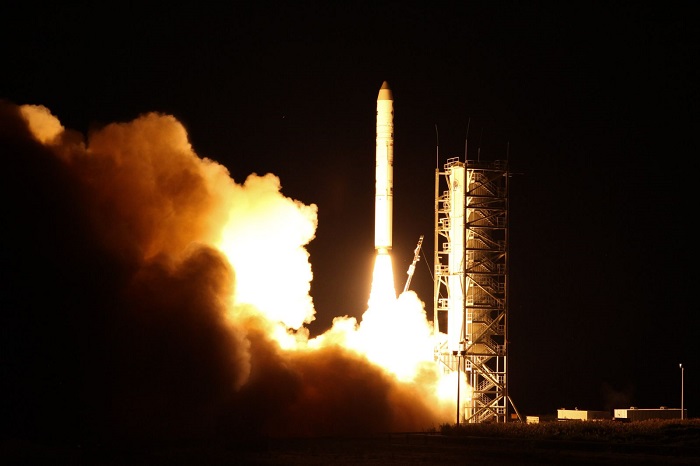
.
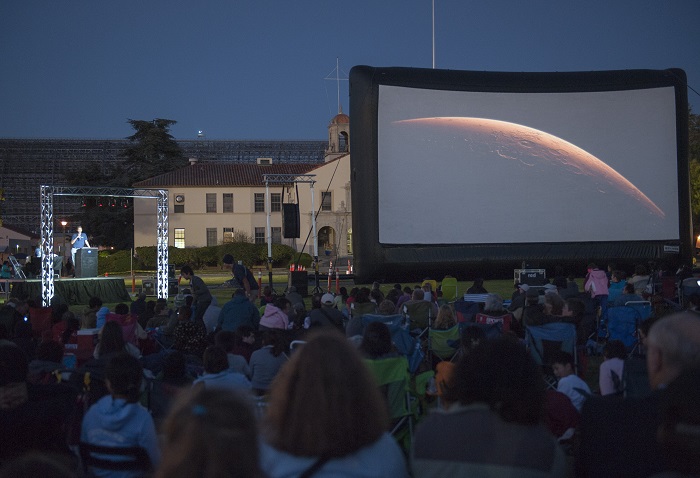
Media are invited to attend NASA Ames Science Night, featuring the Lunar Atmosphere and Dust Environment Explorer (LADEE) mission, a showcase of science for the public hosted from 5 to 9 p.m. PDT Friday, Sept. 6, on Shenandoah Plaza in the NASA Research Park at Moffett Field, Calif. Exhibits will be on display and Ames scientists and engineers will be available to speak about LADEE and other NASA programs and projects. Approximately 7,000 members of the public are anticipated to attend.
It is recommended that media arrive by 3 p.m. The event begins at 5 p.m.
LADEE is a robotic mission that will orbit the moon to gather detailed information about the structure and composition of the thin lunar atmosphere and determine whether dust is being lofted into the lunar sky. A thorough understanding of these characteristics will address long-standing unknowns, and help scientists understand other planetary bodies, such as Mercury, outer planets' moons, and larger asteroids.
NASA's Ames Research Center designed, developed, built and tested the spacecraft and will manage the 100-day mission. After launch, Ames will control the spacecraft and execute mission operations.
LADEE is scheduled to launch at 8:27 p.m. PDT Friday, Sept. 6, from NASA's Wallops Flight Facility in Virginia. Weather permitting, the public may watch a NASA TV broadcast of the LADEE launch on a screen on the lawn of Moffett Field’s Shenandoah Plaza
Quelle: NASA

.
Update: 16.09.2013
.
